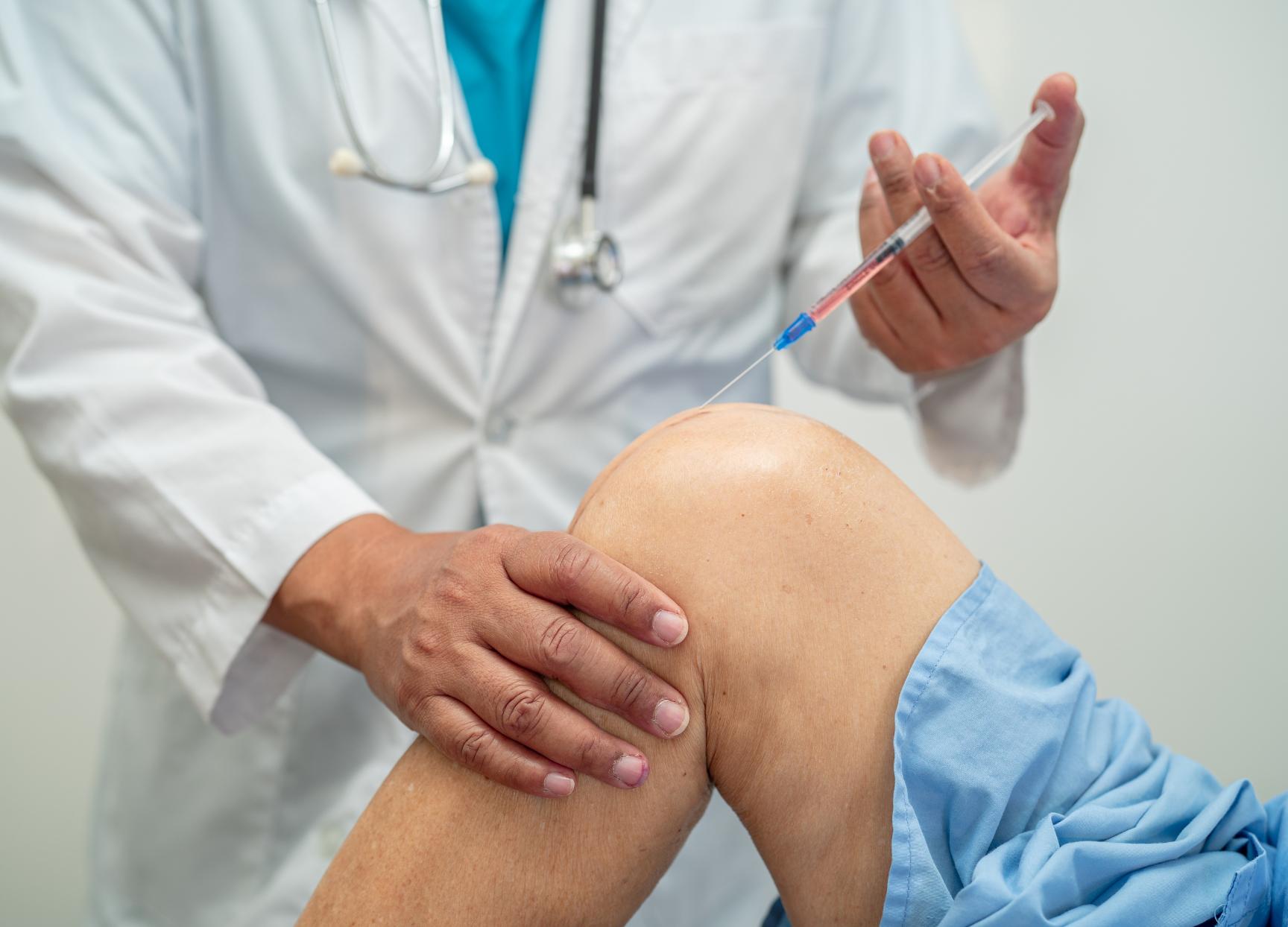At Welbeck, our specialists are experts in their field and are dedicated to providing world-class care to every patient.
With access to colleagues across other specialities, our consultants are also able to refer within the Welbeck ecosystem if needed to ensure you receive the best possible treatment as quickly as possible, all under one roof.
All appointments, testing, treatment, and follow-up appointments take place within our state-of-the-art facilities, enabling us to deliver accurate diagnostics and advanced treatments.
Book a private PRP injection
To book a PRP injection, you must be referred by either your GP or a specialist following a consultation with them. Self-referrals are not accepted for this test.
If you would like to schedule a consultation with a specialist, please get in touch to book an appointment. Your health is important to us, so we strive to offer same-day appointments whenever possible.
Our consultants are recognised by the major health insurance companies. If you have private health insurance, your treatment at Welbeck can begin once you have obtained authorisation. We also provide care to self-paying patients. Learn more about the different payment options at Welbeck.
FAQS
How long does it typically take to notice results after a PRP injection?
Improvements such as reduced pain or improved mobility are often noticeable within 2 to 6 weeks post-treatment. Full effects may take a few months, depending on the condition being treated and your individual healing response.
How many injections might I need?
While some patients benefit from a single injection, others, especially those with a chronic problem, may need a series of 2 to 3 treatments, usually spaced a few weeks apart. Your consultant will advise on the best plan based on your condition.
How safe is PRP, and are there any side effects to be aware of?
PRP is generally considered very safe because it uses your own blood. Side effects are typically mild and may include temporary swelling, soreness, or bruising at the injection site. Serious complications are very rare.
What types of conditions are most effectively treated with PRP?
PRP is commonly used to treat tendon injuries, joint pain, mild arthritis, and certain soft tissue conditions. It may also support healing after surgery or injury.






